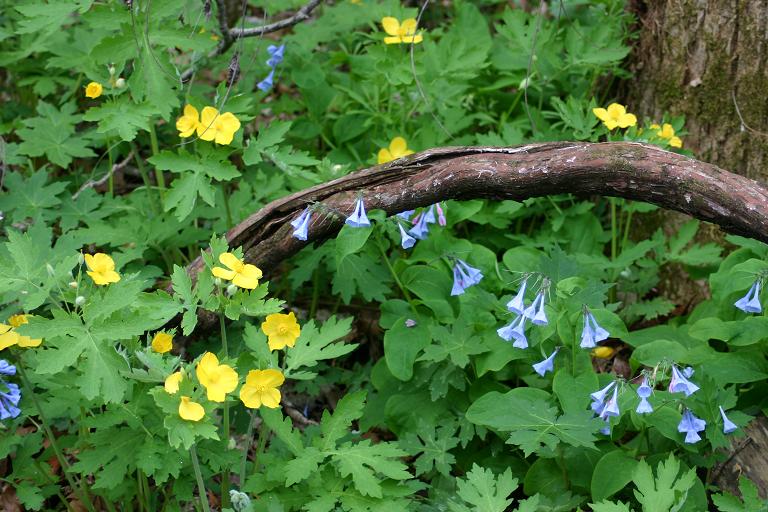
Check out our Services.

|
Need help? Check out our Services. |
| Celandine Poppies & Virginia Bluebells |
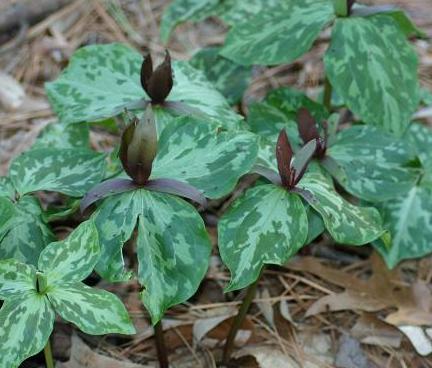
|
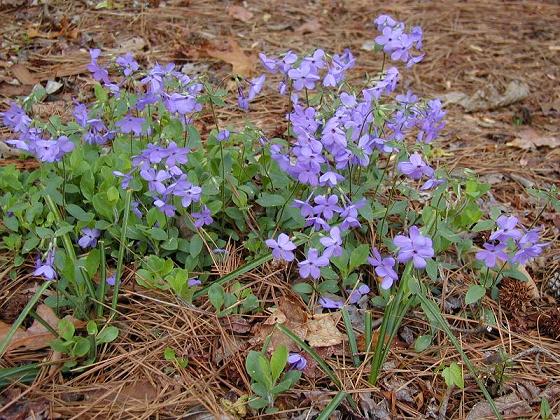
|
| Toadshade Trillium (Trillium cuneatum) | Woodland Phlox (Phlox stolonifera) |
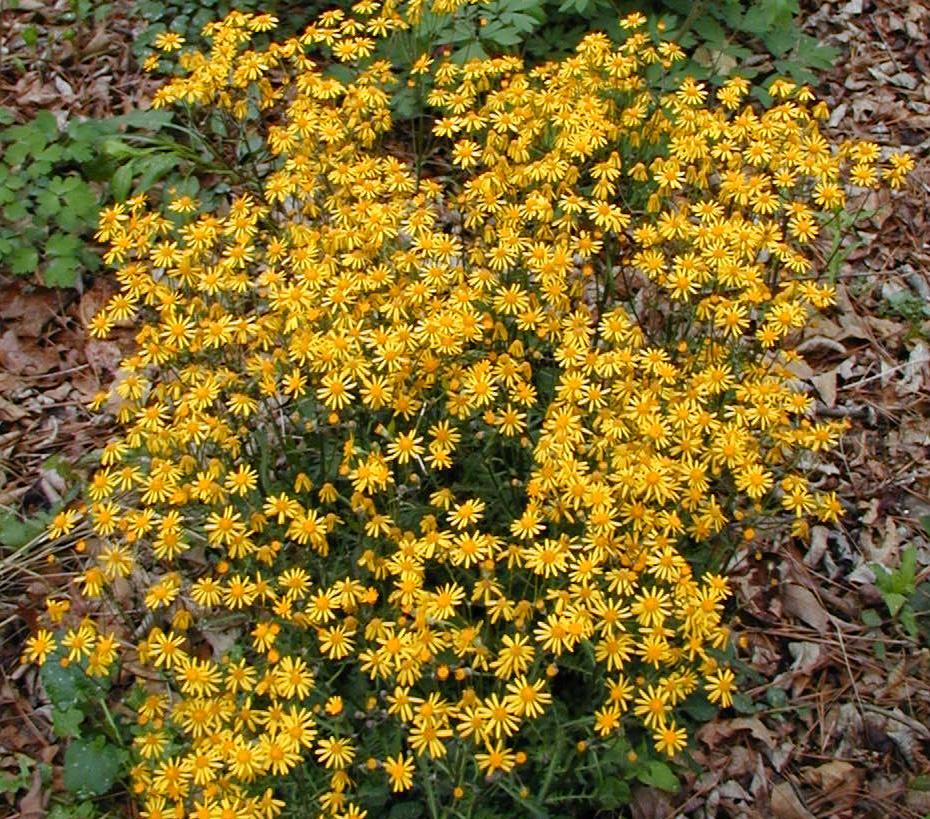
|
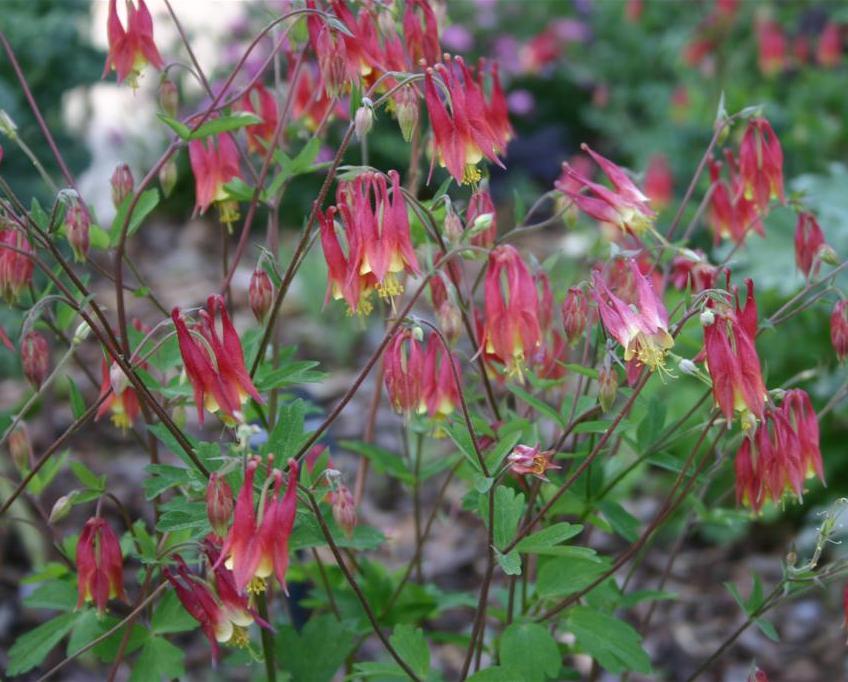
|
| Golden Ragwort (Packera aurea) | Red Columbine (Aquilegia canadensis) |
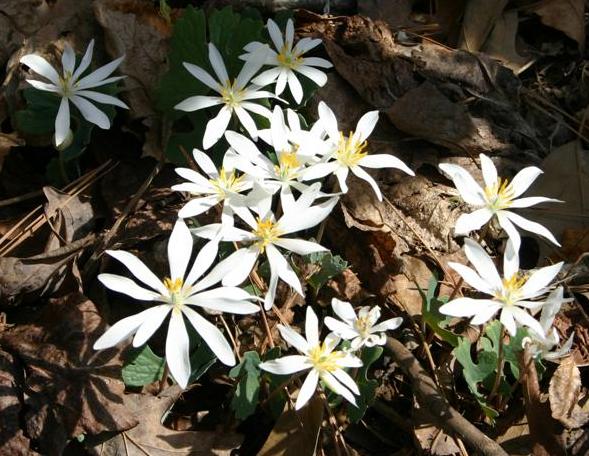
|
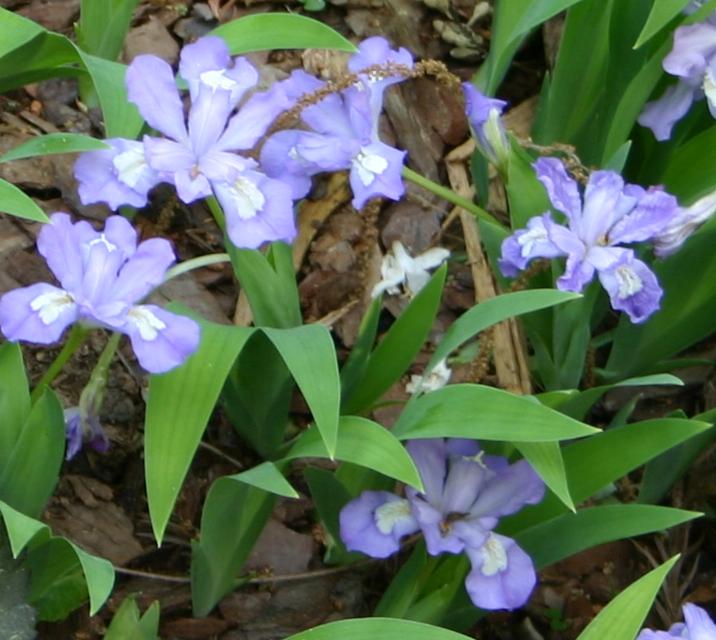
|
| Bloodroot (Sanguinaria canadensis) | Crested Iris (Iris cristata) |
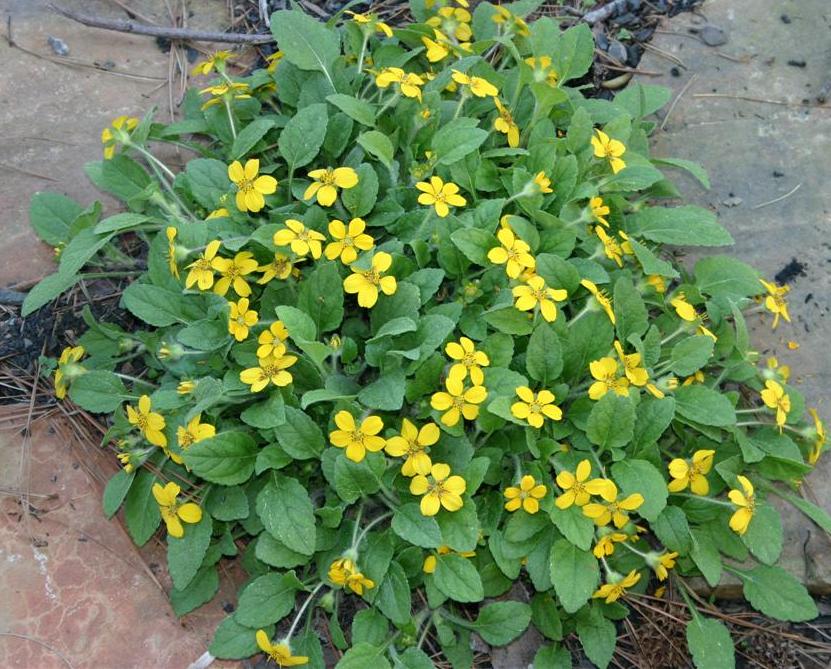
|
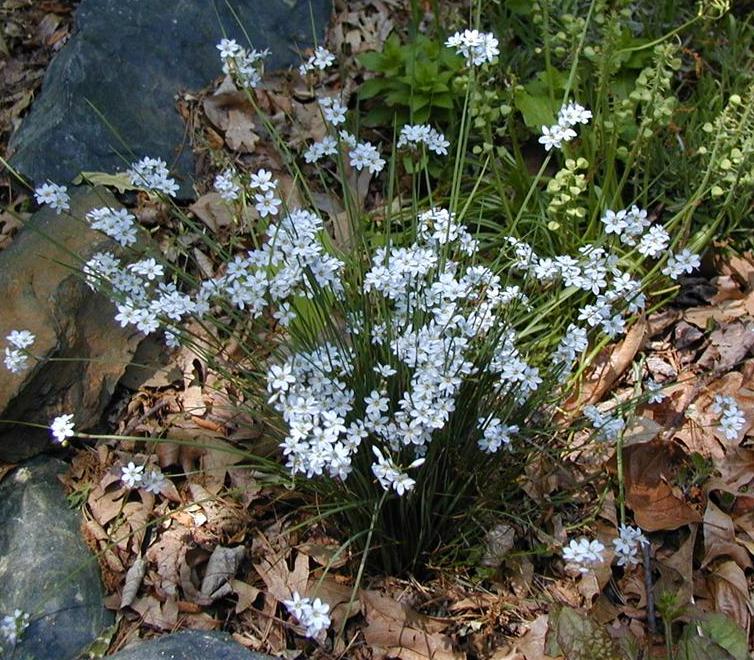
|
| Green n Gold (Chrysogonum virginianum) | Blue-Eyed Grass (Sisyrinchium angustifolium) |
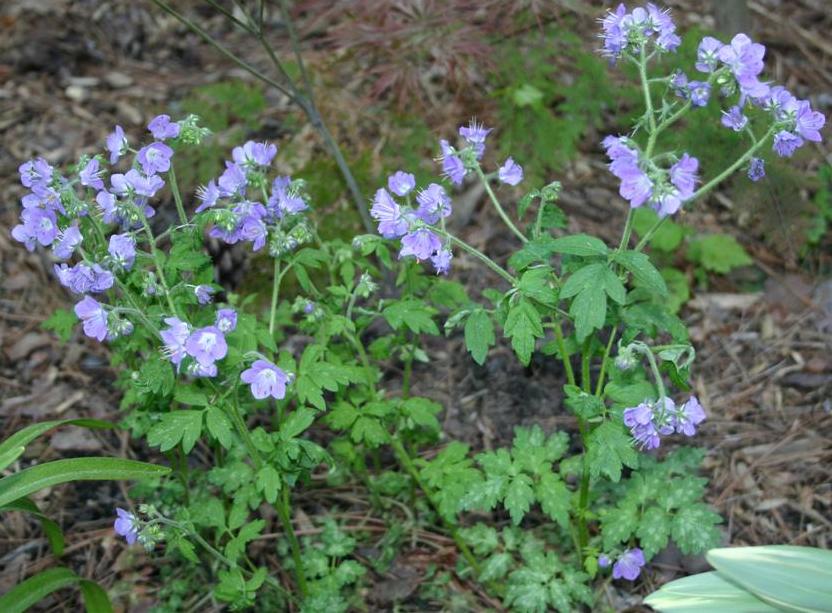
|
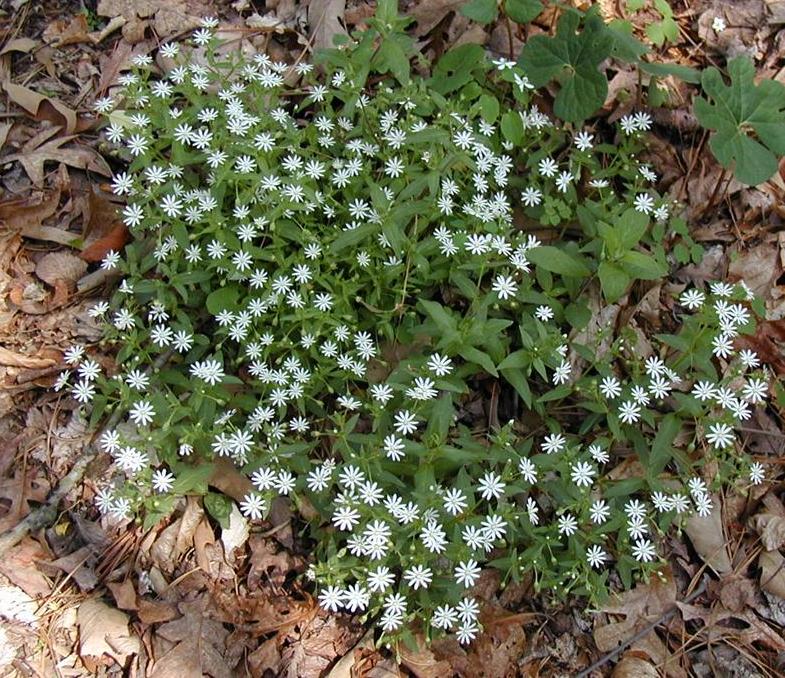
|
| Fernleaf Phacelia (Phacelia bipinnatifida) | Star Chickweed (Stellaria pubera) |
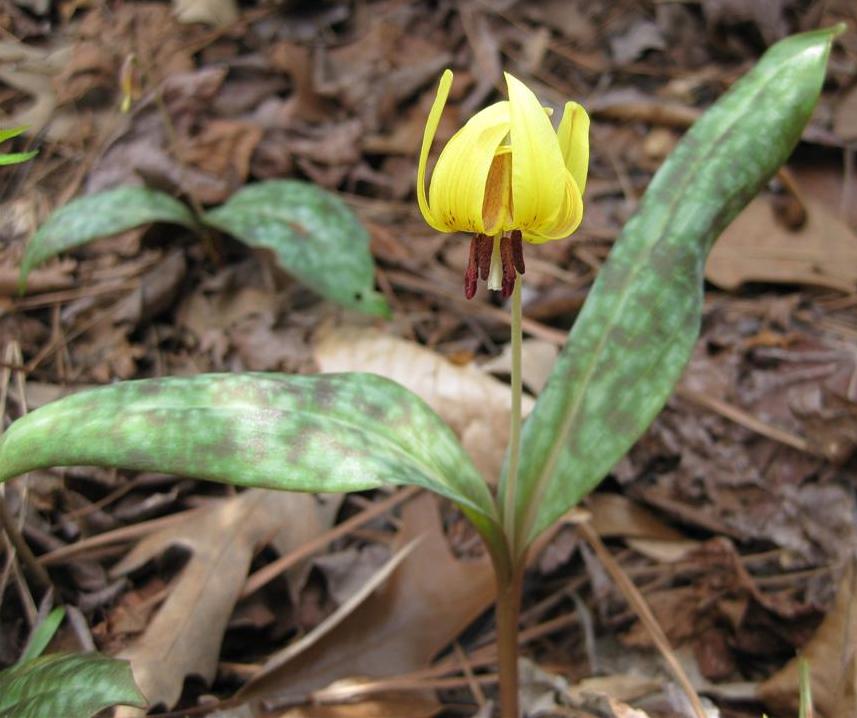
|
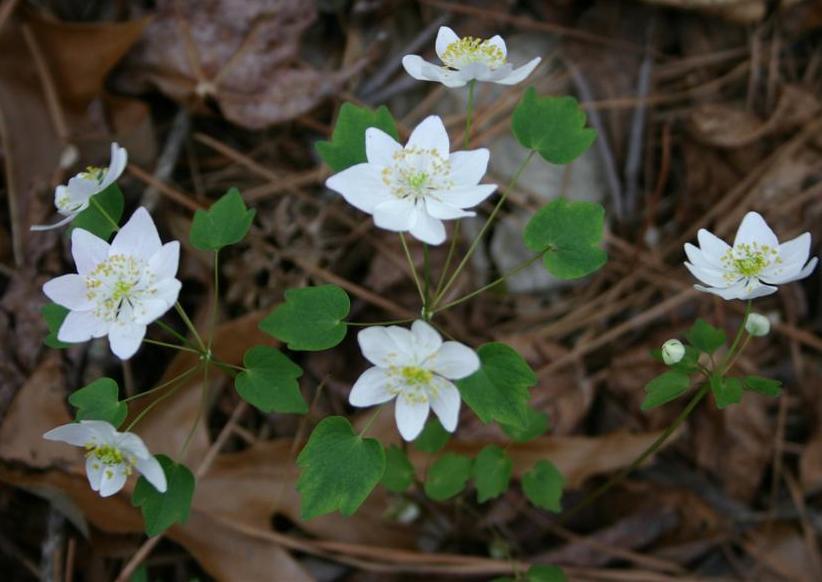
|
| Trout Lily (Erythronium americanum) | Rue Anemone (Thalictrum thalictroides) |